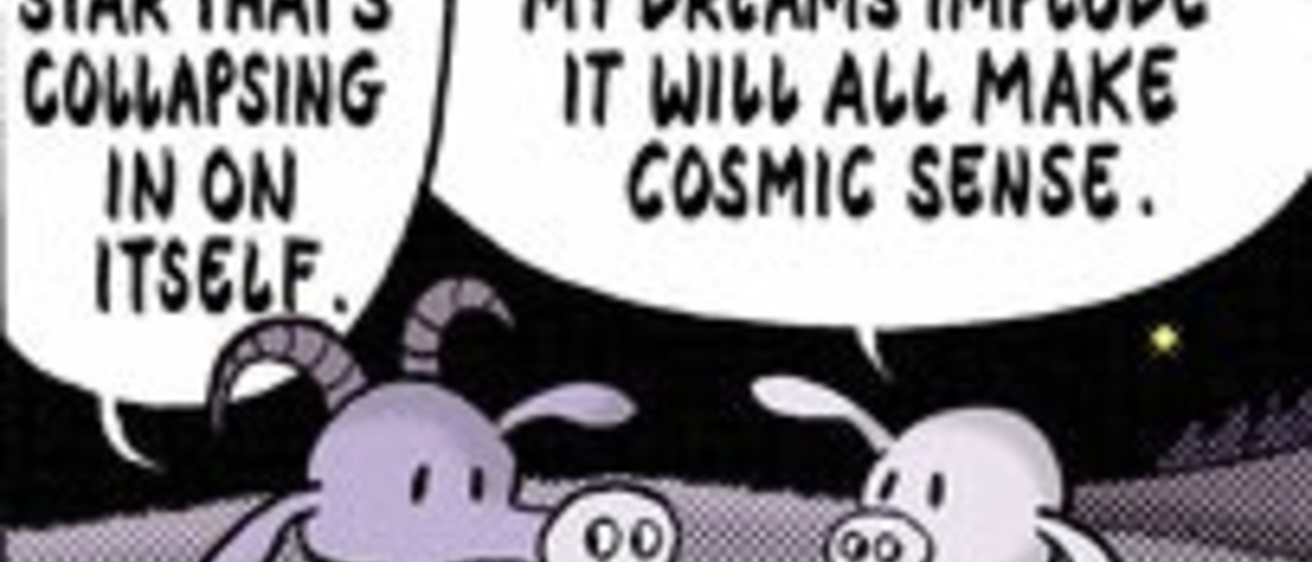
Breadcrumb
- Home
- Labs
- Advanced Labs
- Properties of Nebulae
- Pre-Lab Quiz: Nebulosities
Pre-Lab Quiz: Nebulosities
Discuss each question with your team. Be prepared to explain the reasoning behind your team's answers after the quiz.
- Supernova SN1054, which formed the Crab Nebula, occurred approximately 6500 light years from Earth in the year 1054. How bright was the supernova when viewed from Earth?
- To dim to be observed
- So dim that a telescope had to be used to view it
- Barely visible to the naked eye
- Bright enough to be obvious in the night sky
- So bright that it could be seen in the daytime sky
- The total nuclear yield of nuclear weapon detonations on Earth account for ________ of the total energy released in the first few seconds of a typical supernova.
- < 1%
- 1%
- between 1% and 10%
- around 45%
- nearly equivalent
- Roughly how many supernovae occur on average in a galaxy per millennia?
- 0.1
- 1
- 10
- 100
- A pulsar is a neutron star that is ________ than Iowa City, ________ than the Sun, and can spin as fast as a kitchen blender.
- larger, more massive
- smaller, less massive
- smaller, more massive
- larger, less massive
- It can’t really spin that fast